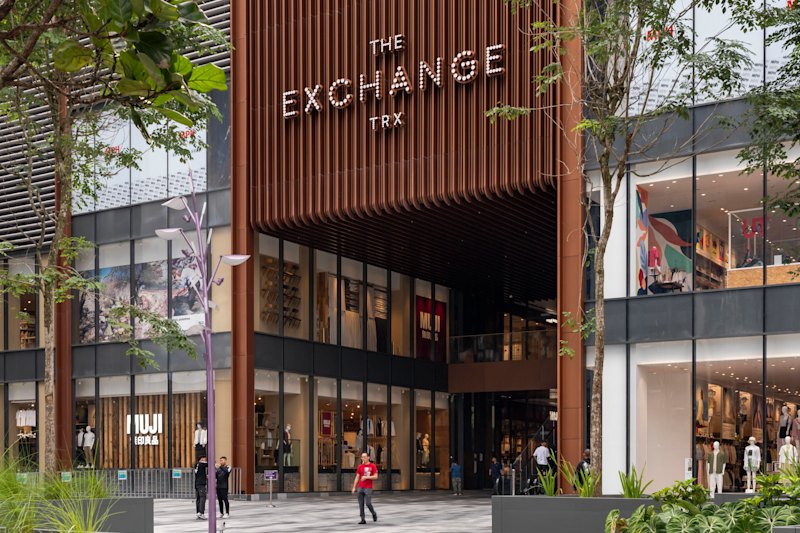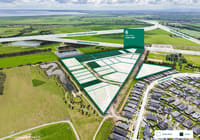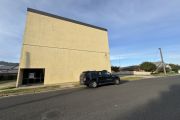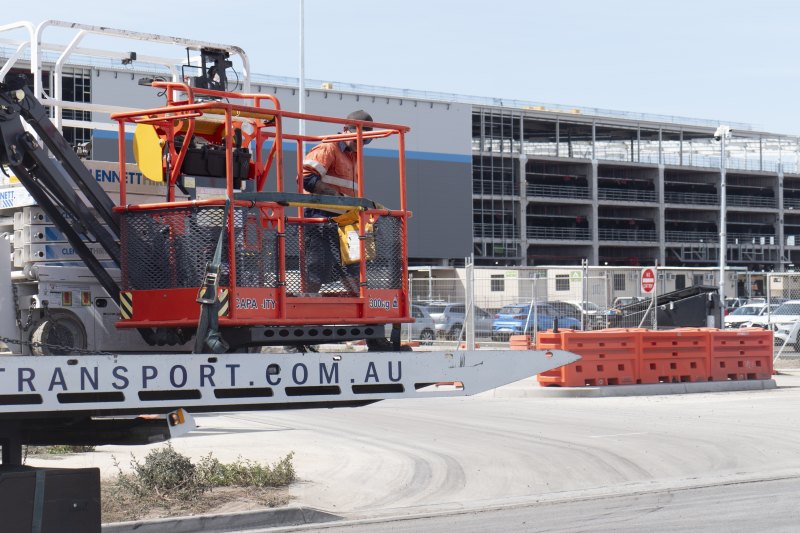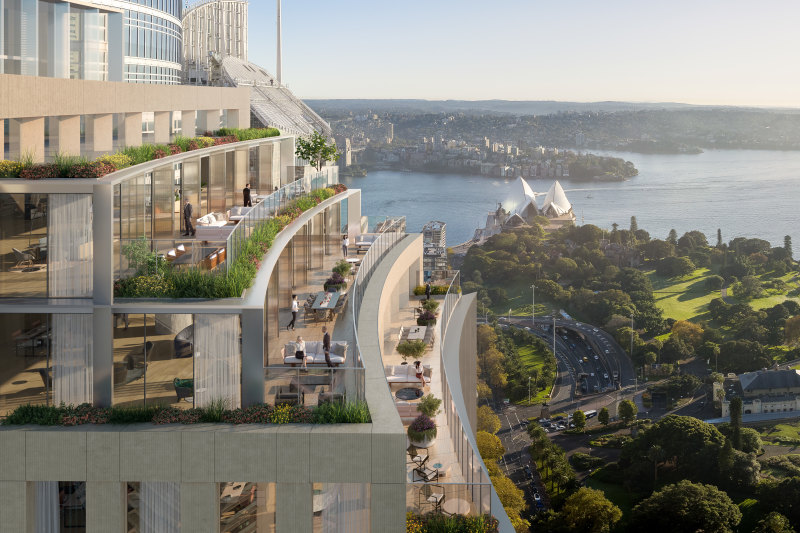
The great divide: top tenants retreat to CBD cores
The divide in Sydney CBD’s office market is becoming sharper by the day, as top corporate tenants retreat to sought-after space in the city’s commercial core, sending vacancy soaring on its fringes.
The occupancy rate has now hit 73 per cent through the western flank of the CBD, alongside Darling Harbour, while holding firm at 92 per cent in the city’s financial heart, running from Martin Place down to Circular Quay.

A similar pattern is emerging in Melbourne and Brisbane, in a post-pandemic shake-out of CBD office markets where weaker demand for space and the rise of remote work has intensified the competition for premium space in high-amenity workplaces.
Older, less well-located buildings are losing out as a result.
David Harrison, who leads Charter Hall, the country’s largest manager of commercial property assets, said the difference between rising occupancy for prime, modern assets was also playing out across other CBD precincts and city fringe markets.
“We are seeing high occupancy in modern assets even in fringe markets and precincts outside of the core Sydney and the ‘Paris end’ of Melbourne markets,” he told The Australian Financial Review.
“In Brisbane we are seeing high occupancy in modern assets outside of the golden triangle. Equally, older assets in core locations are struggling as tenants move and pre-commit to modern or brand-new assets.”
There’s a big take-out from that for the country’s major fund managers, such as Charter Hall, because investment capital naturally follows where tenant demand is at a premium.
“So stronger pricing appetite will be directed to modern-high occupancy assets because they have greater rent growth and most importantly a liquid transaction market through cycles,” Mr Harrison said.
“This may not be the case for older assets, no matter how much refurbishment capex is spent on these older assets.”
Charter Hall, along with ASX-listed peers such Dexus and Mirvac, are getting in ahead of the curve, progressively offloading their older assets and recycling as much capital as they can into the next generation of centrally located skyscrapers.
That shift was made starkly apparent in Dexus’ presentation of its annual results, where it illustrated how the bulk of its office divestments were in Sydney CBD’s western precinct.
“All office markets aren’t equal, and all office buildings aren’t equal. Demand is focused on the best spaces in the best places,” chief executive Ross Du Vernet told the Financial Review.
“We see this continuing and with meaningful uncommitted supply in Sydney being years away, we expect market vacancy to peak in FY25.”
On the flip side, the flight to quality – which Charter Hall’s Mr Harrison has dubbed a “bifurcation” in CBD office markets – is fuelling the next generation of office towers, such as Mirvac’s $2 billion 55 Pitt Street development, overlooking Circular Quay, which has secured top-tier law firm MinterEllison.
Likewise, Charter Hall is rapidly filling floors at its Chifley South development with blue-chip tenants such as law firm Gilbert + Tobin, which will move its Sydney offices out of International Tower Two in Barangaroo into the commercial core.


